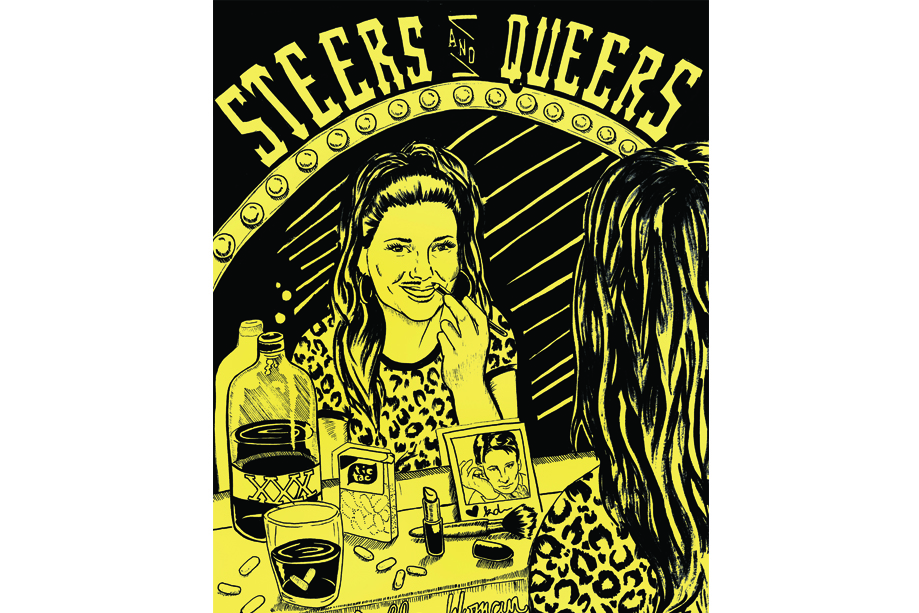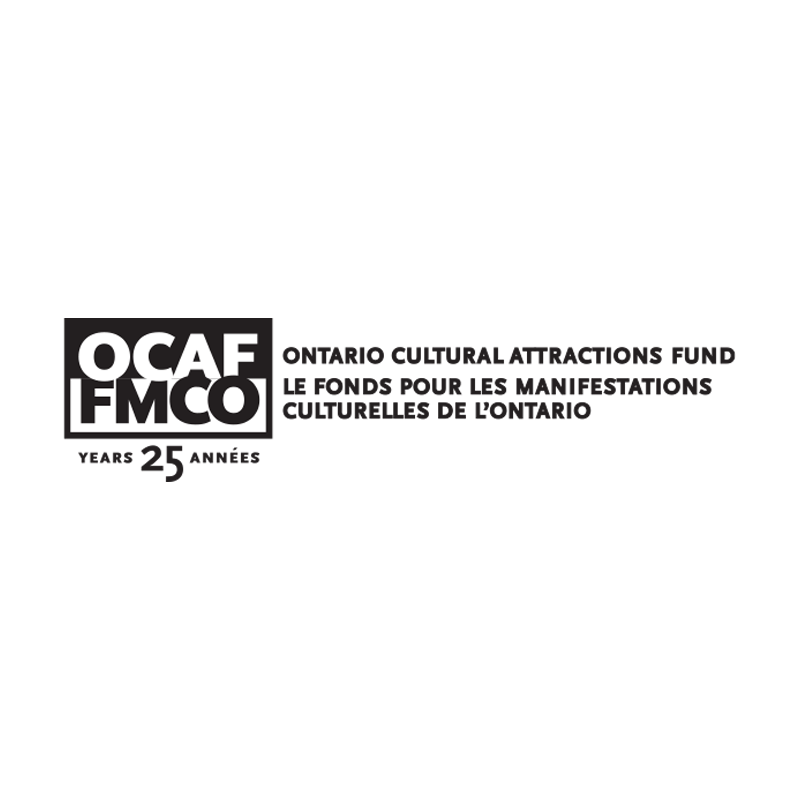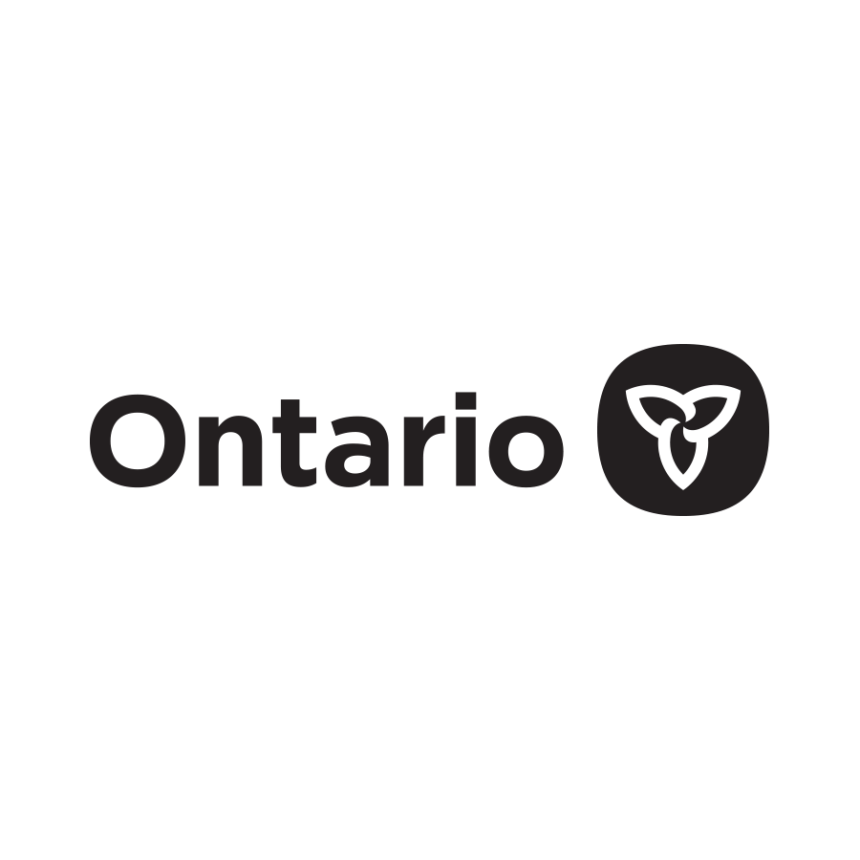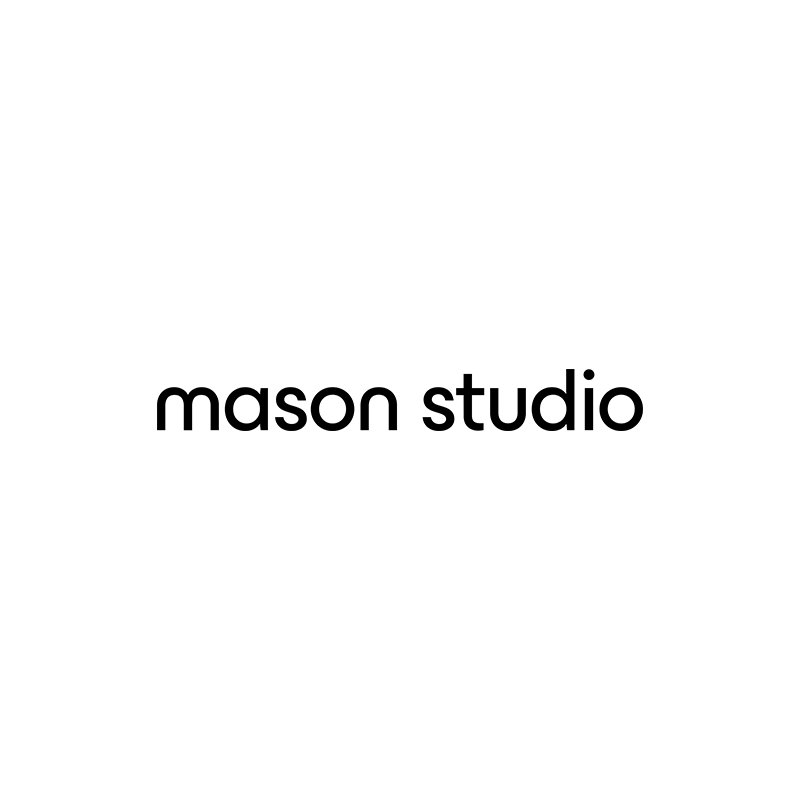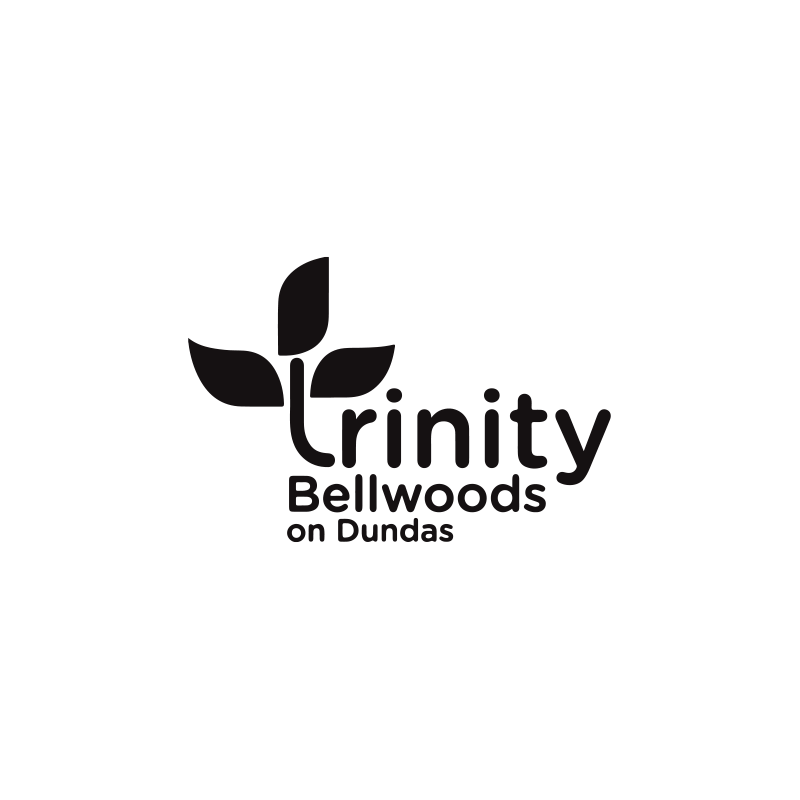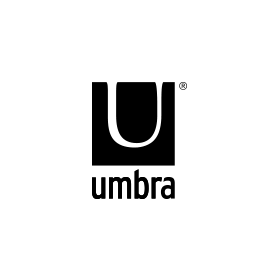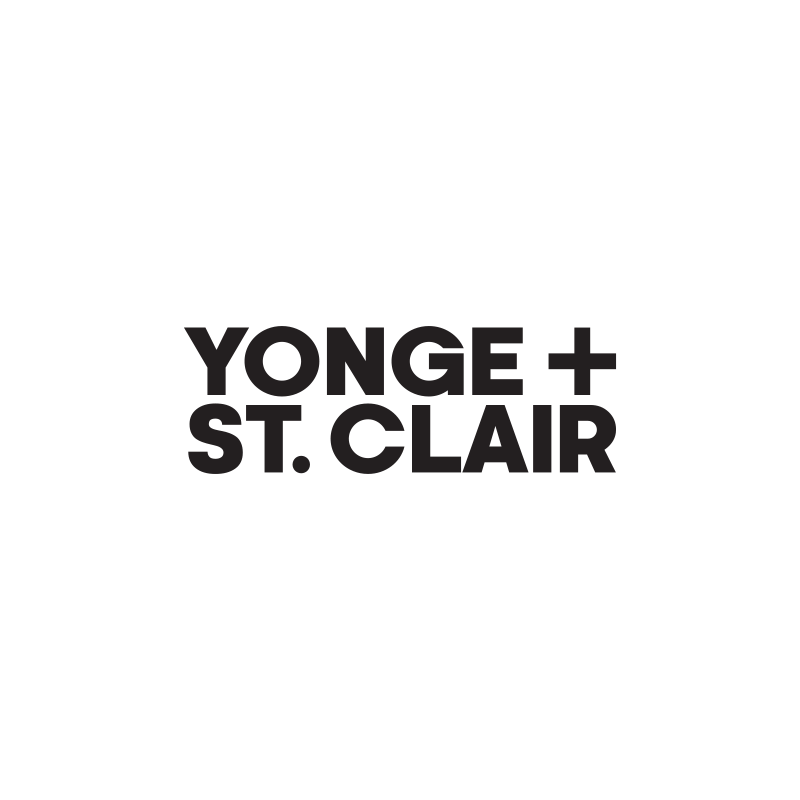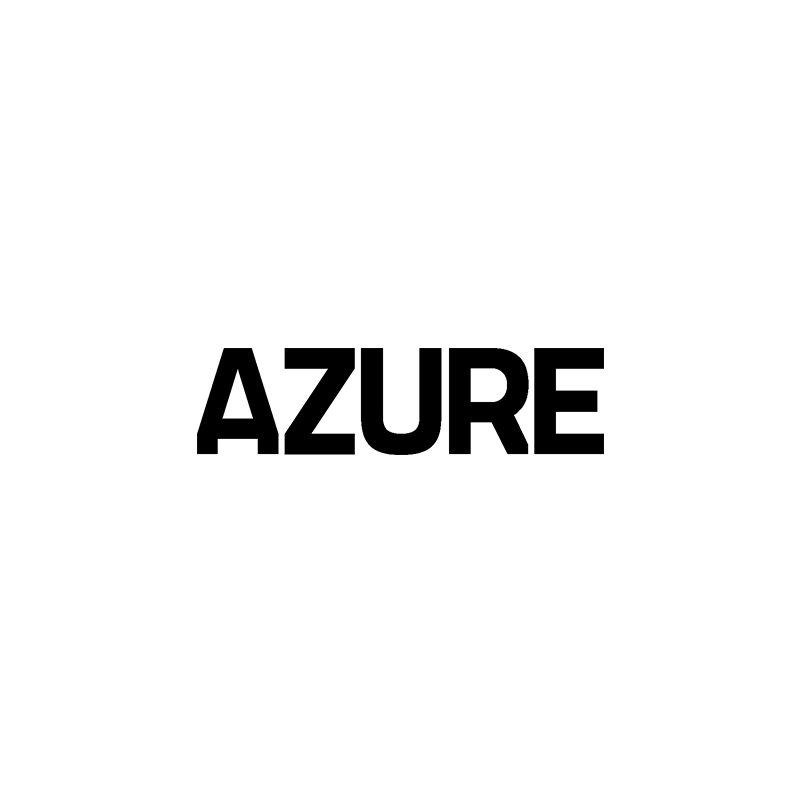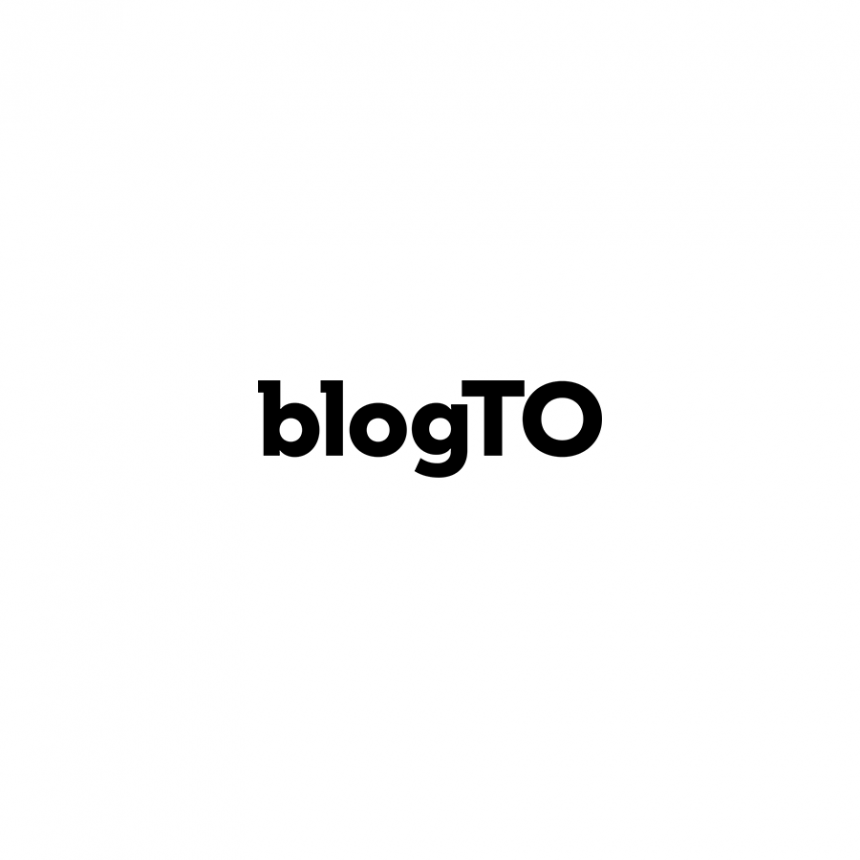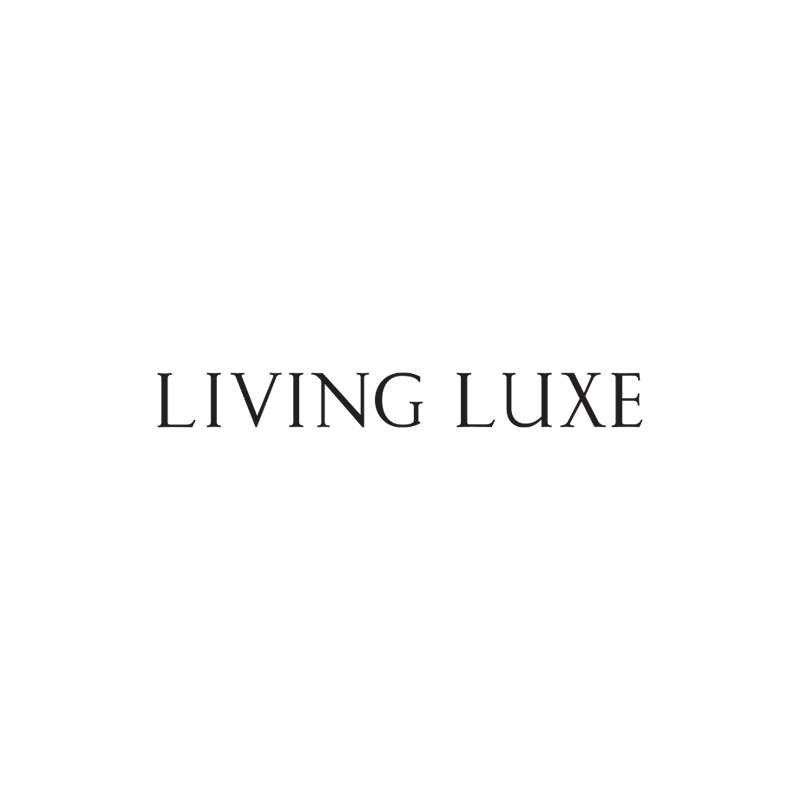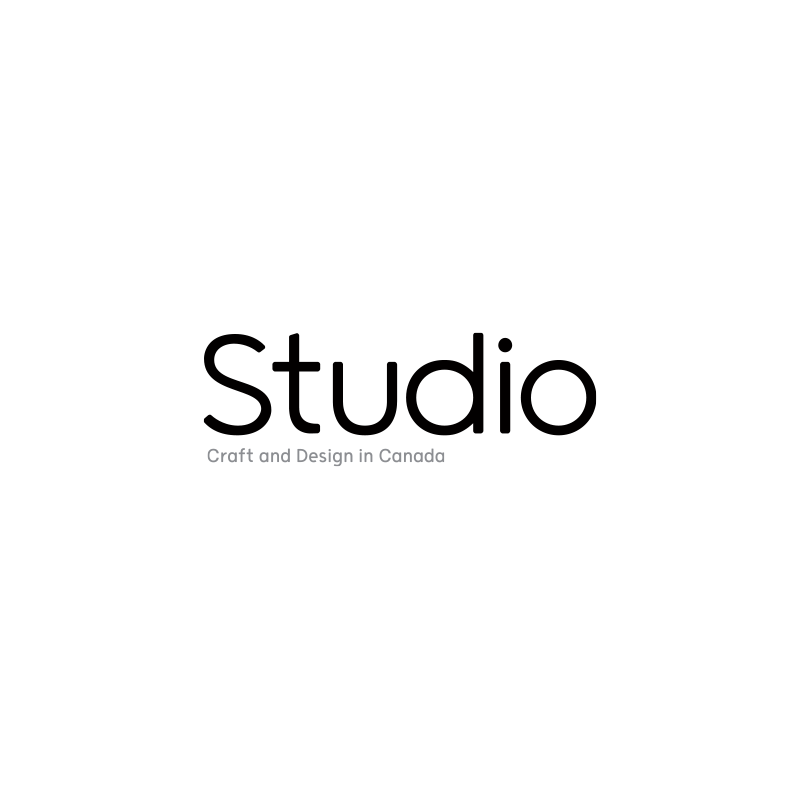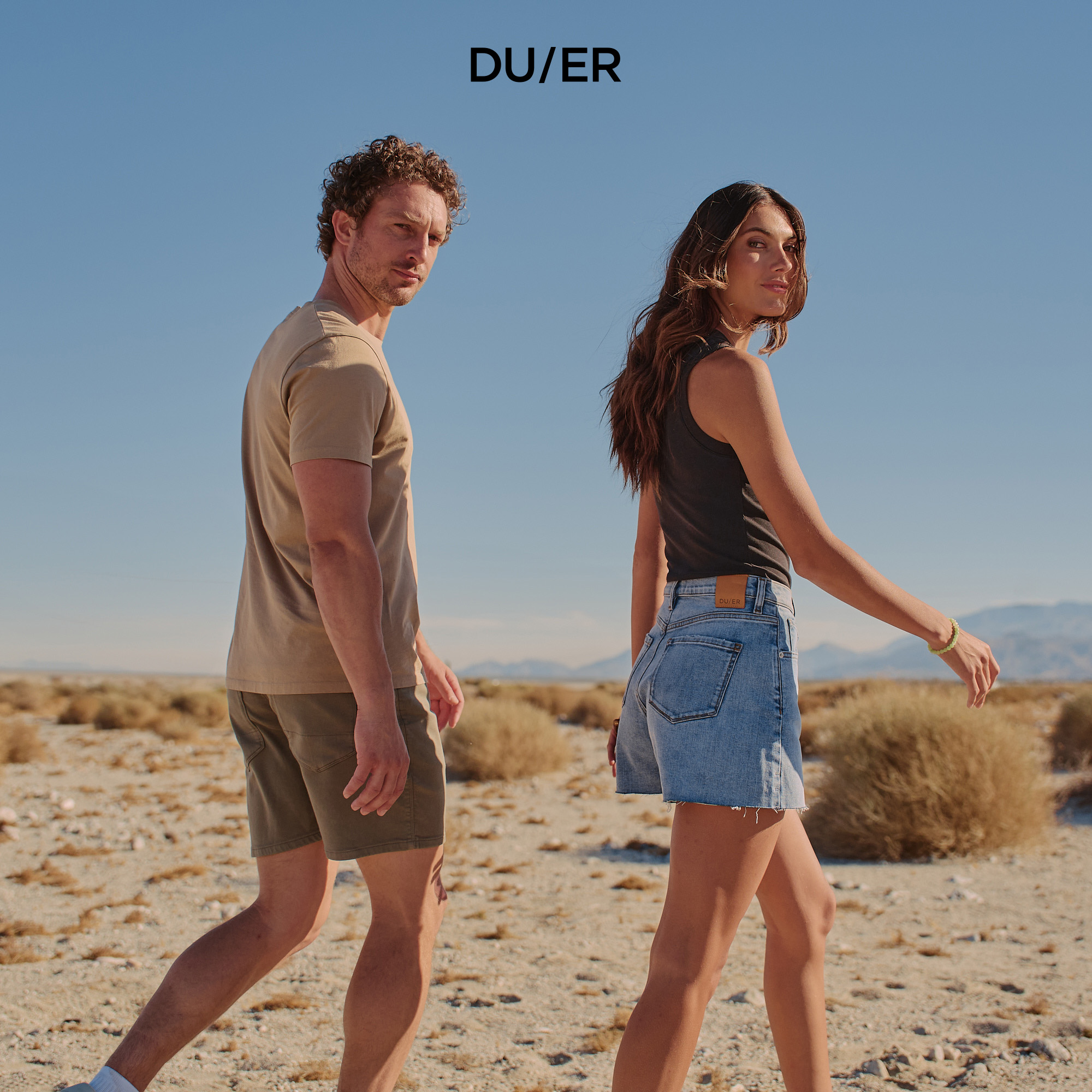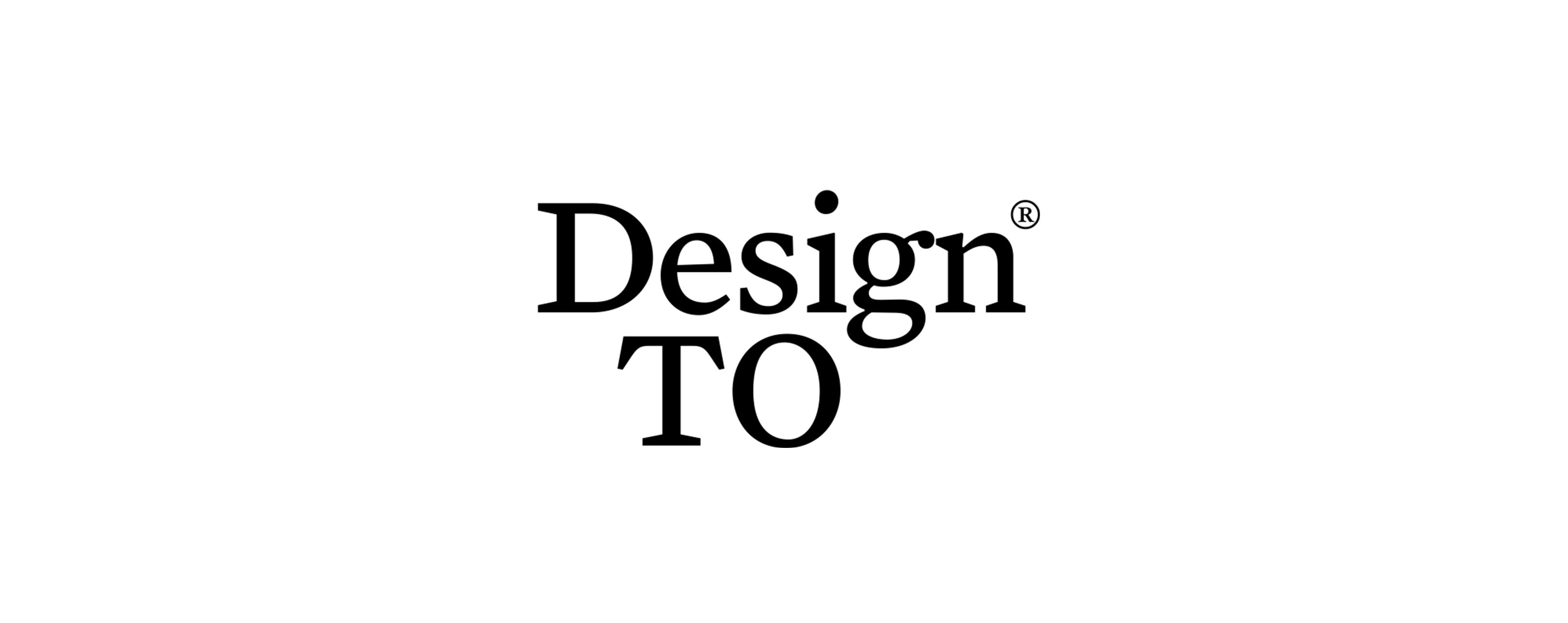
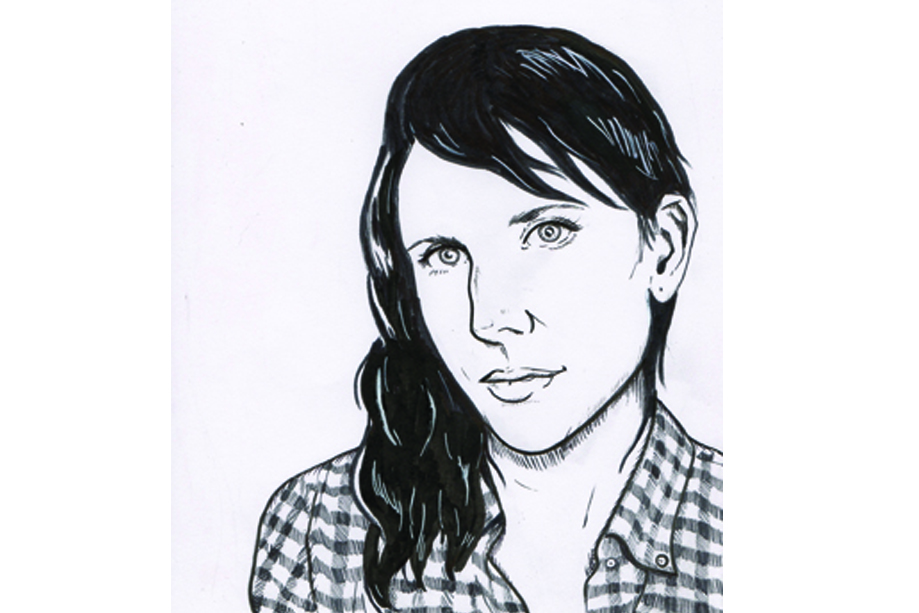
To celebrate Pride Week, we’re sharing exclusive interviews with influential designers and artists in Toronto’s queer community. This collection of interviews serves to acknowledge the power of creative expression in social movements, and highlight the personal stories of openly queer professionals in the cultural industry.
This series is dedicated to the lives lost in the recent Orlando tragedy, and those who continue to fight for visibility, acceptance, and equality. The Toronto Design Offsite Festival stands united with the LGBTQ2S community.
Q+A with Toronto artist, educator, and DJ, Lauren Hortie
TO DO: Who is Lauren Hortie? Tell us a bit about yourself.
Lauren: I’m an artist, DJ and educator based out of Toronto. A lot of my visual work deals with themes of queer culture and history, as well as rural experiences. I’ve exhibited illustration and cut paper work in galleries, although I also love to work with more ephemeral materials like stickers, posters and t-shirts. I try to strike a balance between being a professional artist and an irreverent DIY enthusiast.
TO DO: When did queer identity start playing a role in your work? What type of role does it play now?
Lauren: My queer identity was probably the main reason I decided to make art professionally. I always made art for fun, but it wasn’t until I came out and started to search for representations of queer women that I thought about making something for public consumption. In other words, because I couldn’t find material about my community I decided to do it myself, starting with “My First Lesbian Colouring Book” series back in 2003.
My queer identity still informs a lot of my work today, whether it’s creating large scale portraits of LGBTQ people from rural backgrounds, or posters for queer parties. There are more representations of queer people available now, which has encouraged me to narrow my focus a bit and look at the complex intersections of queer identities.
TO DO: How are you influenced by other queer members of the art and design community?
Lauren: When I was a young queer living in a small town, I was lucky enough to connect with the electro bands Lesbians on Ecstasy from Montreal, and Kids on TV from Toronto. I have to give them a lot of credit for introducing me to underground queer culture and showing me that not only was it OK to be queer, it was something that could be enriching instead of something to “overcome”. Although they were music projects and I work mainly in visual art, that ethos really influences my work.
Nowadays, I love working in the Toronto queer community with other artists, designers party promoters, burlesque dancers, and drag queens. Toronto has a reputation for being competitive, but the flip side is that people are really willing to say ‘yes’ to projects and collaborations, and hustle to follow through. It’s really motivating.
TO DO: Can you tell us about your project Steers & Queers: A Gay Ole Opry?
Lauren: S&Q is fun and irreverent, but it also holds a special place for queers like me who grew up in the country, and left to find acceptance and community in the big city. For a lot of us country queers it’s hard to reconcile the two parts of our identity; being queer in the country isn’t always accepted, and being a bumpkin in the city is looked down upon. Steers & Queers takes the sketchy local country and western bar, and makes it a fun and safe space that many of us have never experienced.
The posters play up this dichotomy by queering pop culture country and western icons. Dolly Parton does drag, Shania Twain’s “Man I Feel Like a Woman” takes on a different meaning, and Willie and Johnny try out consensual BDSM hog-tying.
The next Steers & Queers takes place on Thursday June 30th, with our annual “Night of 1000 Dollys” Pride party. It’s a country and western church service dedicated to our personal saviour Dolly Parton. Right now I’m working on an 8ft effigy of Dolly as the Virgin of Guadalupe.
TO DO: Much of the queer community’s visibility is due to the work of artists and designers who use their talent to voice political frustrations and commentary. Why do you think visual culture has the power to create such strong narratives?
Lauren: I actually think one of the big obstacles queer people face is invisibility. For better or worse, many of us can pass through mainstream society without people knowing or understanding our identity. There’s a lot of pressure for queers to assimilate- whether it’s through the insistence of some LGBT activists that queers are “just like straight people”, gay marriage, or joining the military. We also experience the erasure of our experiences and history (see some of the media’s treatment of the Orlando shootings or the whitewashing of the story of the Stonewall riots).
Visual art is a really important counterpoint to these experiences. When queer artists make work about our community, they are making the invisible visible, and taking control of our representation. A visual piece is also a concrete historical record of a time, place and experience. This is so important because it’s difficult for queers to connect to our history. Right now I am really in love with the work of Zanele Muholi, a photographer/visual artist from South Africa. Her portraits of LGBTQ South Africans, and self-portraits really delve into themes of identity, ethnicity, and gender expression in a way that feels intimate and respectful. They are also visually beautiful which is really important to me- concept and execution!
Want to learn more about Lauren? Visit her website.
